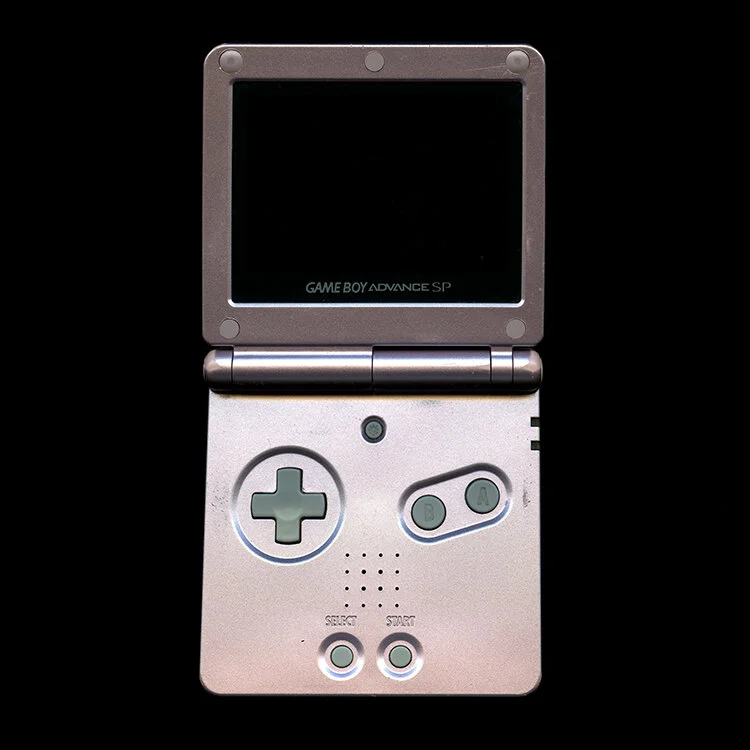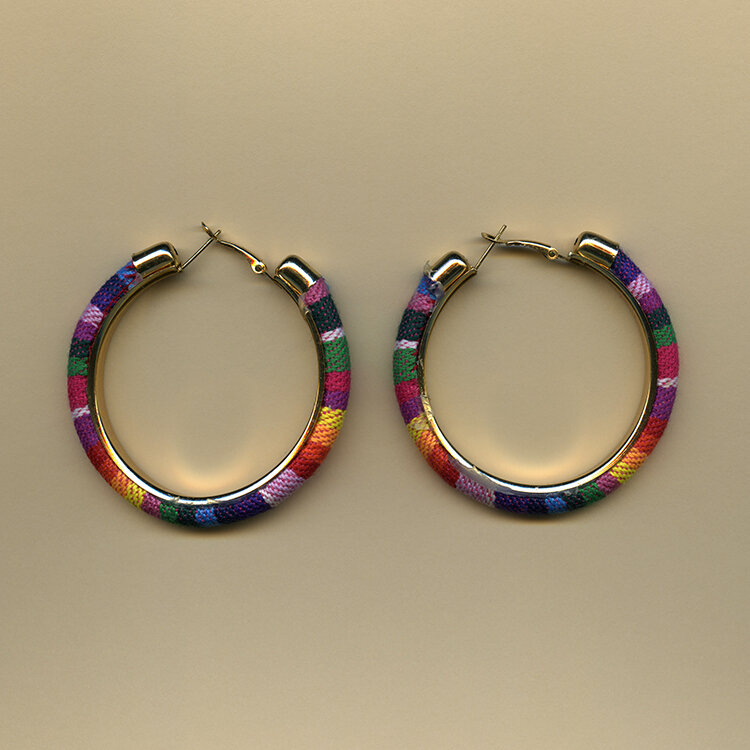Ephemera from students in the Freshman Seminar Why Museums? at University at Albany, New York.
Co-taught by Corinna Ripps Schaming, Chief Curator and Director, University Art Museum; Daniel Goodwin, Director of the Studio Art Program, Department of Art and Art History; Edward Schwarzschild, Director of Creative Writing, Department of English
Long before this ongoing pandemic, here at the University at Albany, SUNY, the director of the University Art Museum, the director of the Studio Art Program, and I planned a semester-length freshman seminar called “Why Museums?” We hoped, as our course description explained, to “examine how museums have transformed--and continue to transform--our interpretation and construction of contemporary culture.”
But then Covid-19 struck and we found ourselves in the middle of a much larger transformation we’re still struggling to understand and, more importantly, to survive.
We wound up meeting weekly on Zoom with our 13 students. The students Zoomed in from disparate locations, some on campus, some at home. Together, we explored what museums meant to us during these brutal times. And, of course, we talked about how we were continuing, as best we could, to live our lives.
The most inspiring part of the seminar, the highlight and centerpiece of our semester, was Tanja Hollander’s visit to our Zoom classroom. She spoke with us about her artistic practice and she invited us to contribute to her Ephemera project. As the students wrestled with what could feel like an all-encompassing uncertainty brought on by the pandemic, they found comfort in gathering up personal objects that they had, over the years, invested with meaning. Then they shipped their carefully curated objects to Tanja for scanning. They shipped such things as photographs, ticket stubs, old erasers, books, jewelry, keys, coins, buttons, notes, and even a lump of coal salvaged from the wreck of the Titanic. For a while, the fate of their prized objects became another source of uncertainty, especially given the turmoil roiling within the USPS. But we all kept our faith and, right on time, Tanja shipped the objects back, along with gorgeous prints of the scans and, as if that weren’t enough, with homemade cookies as well.
Had we, by the end of this strange Zoom semester, figured out how museums transform culture over time? Probably not. It remains an ongoing conversation. But there’s no doubt that, thanks to Tanja and her artistry, we all emerged from the seminar with a deeper appreciation of the power, beauty, and consolation contained within the personal museums we construct day after day. Which is to say: we all felt grateful to Tanja for helping us share our precious ephemera with each other.
--Edward Schwarzschild, Director of Creative Writing, Department of English
Elizabeth Crowley
(Click on images to read descriptions. On mobile tap dot, bottom right corner of screen.)
Jonathan Terry
(Click on images to read descriptions. On mobile tap dot, bottom right corner of screen.)
Liz Lashkov
(Click on images to read descriptions. On mobile tap dot, bottom right corner of screen.)
Jeremiah Funchess
(Click on images to read descriptions. On mobile tap dot, bottom right corner of screen.)
Hongdi You
(Click on images to read descriptions. On mobile tap dot, bottom right corner of screen.)
Danique Johnson
(Click on images to read descriptions. On mobile tap dot, bottom right corner of screen.)
Mimma Hoque
(Click on images to read descriptions. On mobile tap dot, bottom right corner of screen.)
Yuki Ibata
(Click on images to read descriptions. On mobile tap dot, bottom right corner of screen.)
Ronan Dougherty
(Click on images to read descriptions. On mobile tap dot, bottom right corner of screen.)
Emma Miller
(Click on images to read descriptions. On mobile tap dot, bottom right corner of screen.)


























































































































































